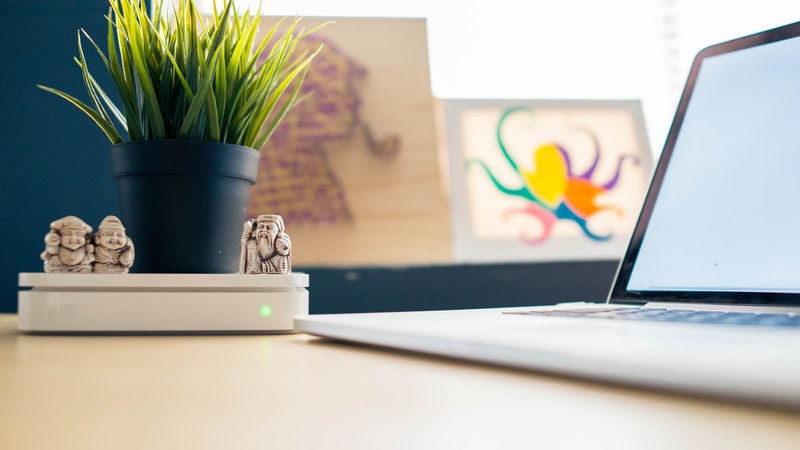Defining and Framing the Creative Brief
Episode #5 of the course Introduction to design thinking by Lee-Sean Huang
Today, we will learn how to combine a user profile with a How Might We (HMW) question to define our DT creative brief.
The following is an example of a real-life user profile created by a student in one of my DT classes. It pertains to design research related to the airport experience.
• We met Rob.
• He needs a peaceful place to recharge because he’s had a long trek to the terminal and needs to charge his phone to call his family.
• It would be amazing if Rob could find a quiet place to separate from the day’s hustle while not bothering others.
This short user profile sets up the context of Rob’s needs. While Rob is just one person, there are probably thousands, if not millions, of people in similar situations. In a real-world DT research scenario, we would also create user profiles of other people in situations similar to Rob’s.
HMW Sentence
Based on Rob’s user profile, we can articulate a HMW sentence that frames our creative brief. We have now entered the Define phase of the DT process. While the Discover phase required us to be open-minded in empathizing and understanding user needs, for the Define phase, we need to take on a more “prickly” and critical mindset to narrow down our problem space and frame our creative energies.
This is one of the most crucial and trickiest parts of the DT process. We want to make sure we frame a HMW question broad enough to help us generate innovative ideas in the upcoming Ideate phase, but not too broad as to be too general and lacking focus. The HMW question should be open-ended and not assume a particular solution.
Let’s articulate potential HMW questions:
1. “How might we design a better phone booth for airports?” This question already assumes the solution will be a phone booth. While a phone booth might very well be an appropriate response to Rob’s needs, as a HMW, this is too narrow.
2. “How might we create better airports?” This question is potentially too broad. While of course, there is plenty of space for improvement in airport design, as a defining question, it may be too big to tackle at this point.
3. “How might we design a post-security check airport experience that provides customers with tranquility and privacy?” With this question, we have narrowed our scope of focus to the parts of the airport that come after going through security. We have also brought Rob’s needs to the forefront of the question, but without assuming a solution.
Of the three HMW questions above, #3 does the best at defining the right scope for future Ideation and does not assume the solution as part of the question.
A Story about Framing
This case study from Dutch Australian designer Kees Dorst is an example of how defining a design problem in an open and unexpected way can help lead to more effective and innovative solutions.
Dorst tells the story of Sydney’s Kings Cross district, which is known as a nightlife destination but also has a reputation for alcohol-fueled crime and violence. Officials responded with increased and stricter policing, but this response only mitigated the problem or displaced it elsewhere.
Dorst’s team reframed the problems in Kings Cross as an urban design issue. They took inspiration from music festivals, which deal with large (and often intoxicated) crowds as a feature, rather than as a bug. The team proposed solutions of “distraction” and “extraction.”
Distraction took the form of adding street vendors and food trucks to give revelers something else to do besides wait around to get into a club, and provide opportunities for them to sober up. The extraction strategies included better wayfinding and ways to help shepherd punters in and out of the district, which helped cut down on loitering that could lead to confrontations.
These solutions were possible because Dorst’s team framed their brief in terms of addressing the problem of drunken violence without automatically going to the most obvious solution of more police, allowing them to explore less obvious solutions.
Now try the techniques for yourself. Go and conduct a contextual inquiry of your own, synthesize your findings, and create a user profile. Then articulate a HMW question that frames your problem space in an open and interesting way.
Tomorrow, we will talk about techniques for Ideation.
Recommended reading
Designer Nights Out: Good Urban Planning Can Reduce Drunken Violence
Share with friends

